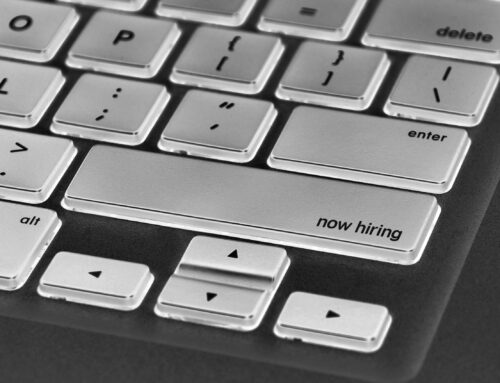Every business in every industry will eventually hit hard times. Slow business can be even more difficult to deal with when you have a high turnover rate. Employees often get nervous when business is slow, especially if it’s unexpected and sudden. When work gets slow, employees will usually begin looking for work elsewhere.
Here are 3 employee retention strategies you can implement to fight turnover during hard times.
Prepare Your Employees
Employees begin to look for other jobs for a couple of reasons when work is slow. One, they assume they’re going to get laid off soon, so they want to prepare. And two, they’re scared your business will go down, so again, they want to prepare.
However, if there have been and will normally be times when your company has slow business, but you always manage to survive, let them know.
Reassure Your Employees
During hard times, your employees need assurance that their salary and job security will not be affected. If you let them know before and during hard times that their salaries will stay the same and they will keep their jobs, they are much less likely to look for other work.
Don’t let hard times scare your employees away.
Motivate Your Employees
The best way to fight slow business and keep employees? Encourage hard work! Your employees may very well be the key to speeding up your business. You can boost employee engagement during slow times by asking your employees for ideas and implementing them. Your employee will feel like a major player in your company, will invest more time and effort, and be reluctant to just up and quit.
Another strategy is to use employee retention software like Refered. Contact us today to learn how you can keep your hourly employees through referral programs and great incentives!





